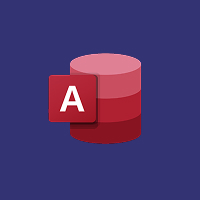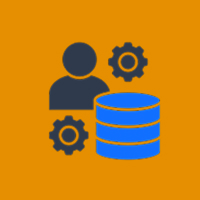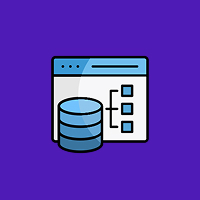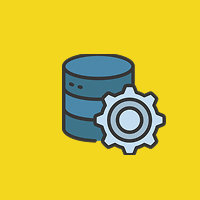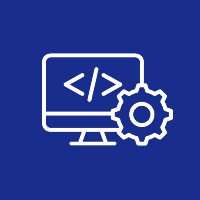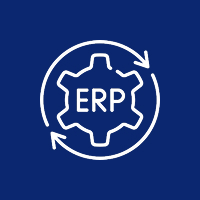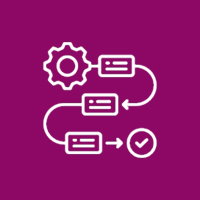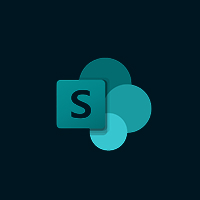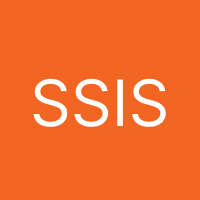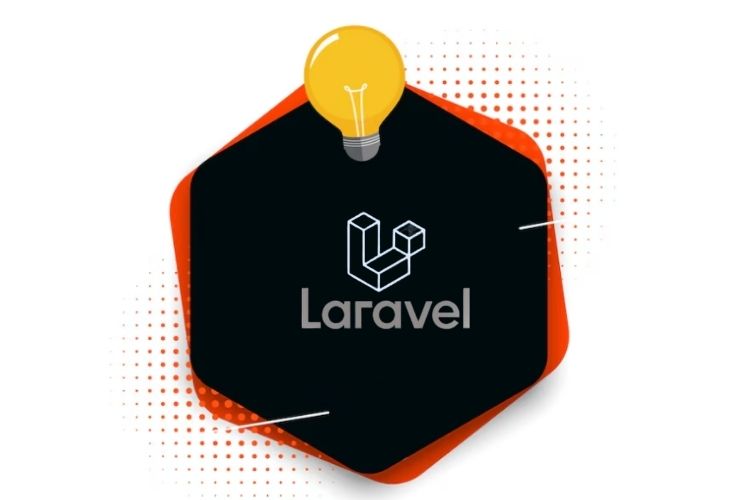As soon as one starts discovering the world of programming, he or she is exposed to a lot of paradigms, with features that are pretty unique. Actually, there are two most popular of all: Functional Programming (FP) and Object-Oriented Programming (OOP). So understanding how these two compare with each other would be pretty useful for making the right choice regarding what would better fit your project.
Functional Programming?
Functional Programming is based on the concept of pure functions, which are functions that always return the same output for the same input and do not have side effects such as changing variables or states. This makes FP suitable for applications where predictability and reliability are essential.
Important Concepts in Functional Programming:
- Immutability: Once data is created, it cannot be modified.
- First-Class Functions: Functions are treated just like data so you could pass them into other functions.
- Recursion: Unlike loops, FP uses a function calls to create repetitions.
- Higher-Order Functions: It is the feature of using functions as the argument and/or return values from other functions.
Languages that Use FP:
- Haskell
- Erlang
- Scala
- F#
Object-Oriented Programming
The core idea behind Object-Oriented Programming is objects. They consist of both data and behavior or methods. This provides for better structuring of programs toward modeling real-world systems. It makes projects easy to manage when a program needs to model the interactions between multiple objects.
Key concepts of object-oriented programming
Classes and Objects
The class can be regarded as a blue print used to create objects. In general, an object is regarded as an instance of classes.
- Inheritance: One class inherits properties and methods from another and promotes code reuse.
- Encapsulation: Data is covered inside objects and can only be accessed through certain methods, thus ensuring integrity.
- Polymorphism: It is possible to treat different objects as instances of the same class through a common interface; this simplifies the program modifications.
Popular OOP Languages:
- Java
- C++
- Python
- Ruby
Key Differences Between Functional and Object-Oriented Programming
State Management:
In FP, data is immutable so the state of the program is easier to understand.
In OOP, objects take care of their own mutable state; changes may happen dynamically while a program is running.
Code Structure:
FP focuses on composing small, reusable, independent functions.
OOP addresses class and object representation of real life things organizing a program.
Execution Flow:
In FP loops are rarely used but mostly recursion for processing data.
OOP often uses loops and other control structures for changing object states over time.
Side Effects:
FP minimizes side effects. The predictability is thereby increased.
OOP can create side effects because objects have their state change during its run time.
Reusability:
In FP, reuse happens through higher-order functions and composition.
In OOP, inheritance and interface can be used for the code reuse.
Concurrency:
FP is a very good fit for parallel programming since its non-mutative nature does prevent race condition.
OOP is going to face problems in multithreaded environment if it has mutable state.
Which Paradigm Should You Use?
The choice depends strictly upon your project’s needs :
- If your project demands high reliability with heavy mathematical computations or data transformations, Functional Programming would be the best option.
- If you plan to build a simulation program that emulates realistic interaction among any number of objects, then an Object-Oriented design approach is probably the best option for you.
Both styles find support in most contemporary languages, such as Python or Scala, which give the possibility of using both in accord with the specific requirements that your program has.
By understanding the core principles of Functional and Object-Oriented Programming, you’ll be better equipped to choose the right approach for your next project.
Contact Us Today









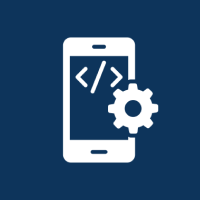



 Database Development
Database Development




